A sewing card is a delightful and educational tool that introduces children to sewing.
Comprising cardstock or cardboard with strategically placed pre-punched holes, these cards serve as creative canvases for youngsters to thread yarn or thread through, crafting intricate patterns and designs.
More than a simple crafting activity, sewing cards play a vital role in developing essential skills such as fine motor coordination and hand-eye dexterity.
Beyond the technical aspects, the interactive nature of sewing cards fosters concentration and imagination, providing a joyful entry point for children into the sewing world while nurturing their creativity and foundational motor skills.
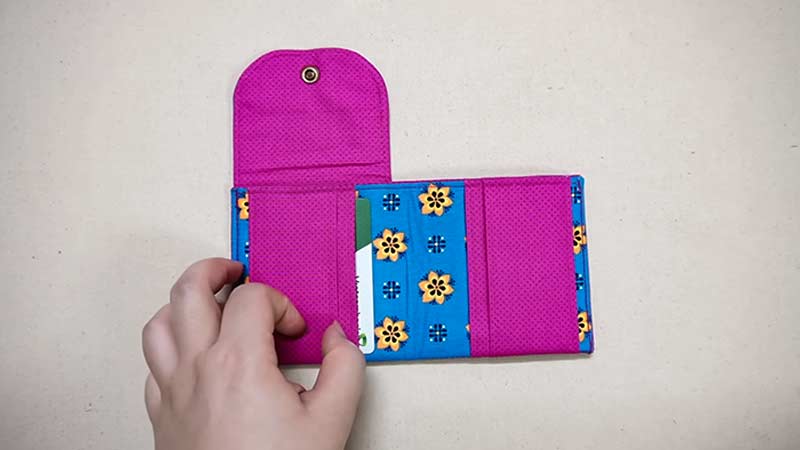
What Is a Sewing Card?
A sewing card is a creative and educational tool designed to introduce children to the basics of sewing. Typically made of cardstock or cardboard, a sewing card features pre-punched holes along a specific pattern or design.
Children use yarn, thread, and a tapestry needle to sew through these holes, creating various shapes, patterns, or images.
The primary purpose of sewing cards is to develop fine motor skills, hand-eye coordination, and concentration in a fun and interactive way.
Sewing cards often come in different themes and designs, making the learning process engaging and enjoyable for children.
How to Make a Sewing Card? Step-By-Step Guide
Creating a sewing card is a delightful educational activity that introduces children to the basics of sewing while fostering creativity and fine motor skills.
Here’s a step-by-step guide on how to make a sewing card:
Materials Needed
- Cardstock or cardboard
- Pencil
- Ruler
- Hole puncher
- Yarn or embroidery thread
- Tapestry needle
- Scissors
Steps:
Step 1: Select the Shape
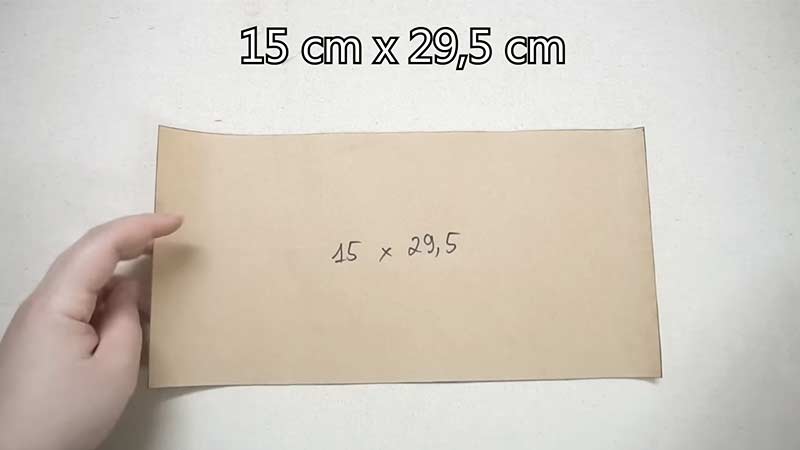
Choose the shape for your sewing card. This can be a basic shape like a circle, square, heart, or a more intricate design based on your preference or the intended user’s skill level.
Step 2: Draw the Shape
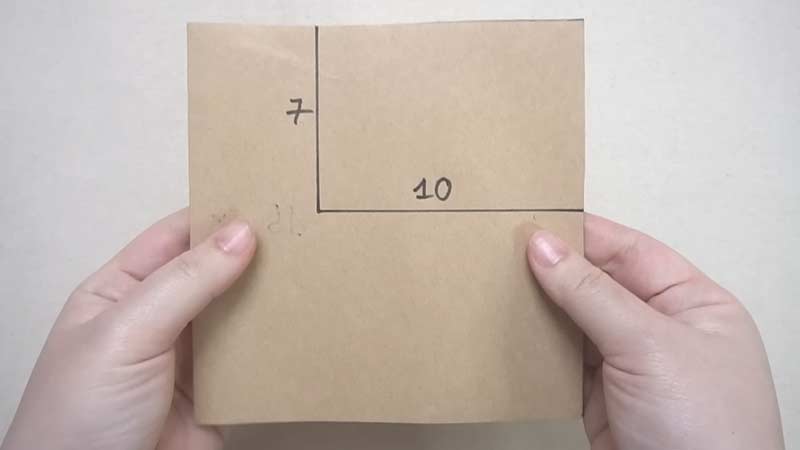
Use a pencil to draw the chosen shape on a piece of cardstock or cardboard. Ensure that the shape is well-defined, as it will serve as the foundation for your sewing card.
Step 3: Mark Hole Placements
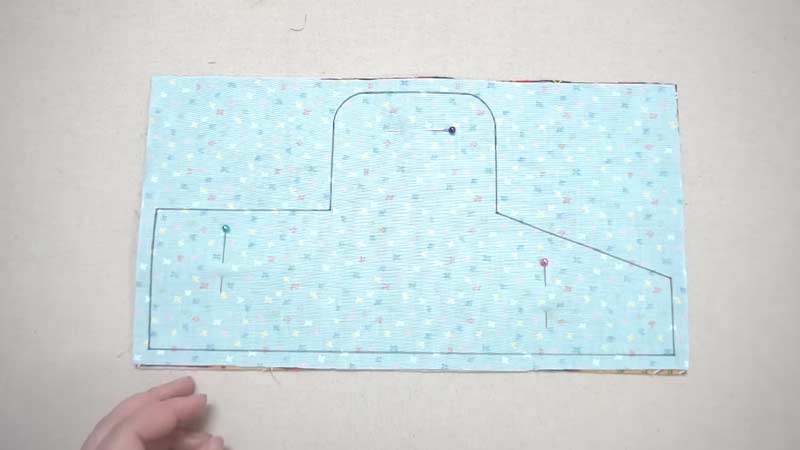
Using a ruler, mark even intervals along the outline of your drawn shape. These marks indicate where you’ll punch holes for sewing, so spacing is essential for a balanced design.
Step 4: Punch Holes
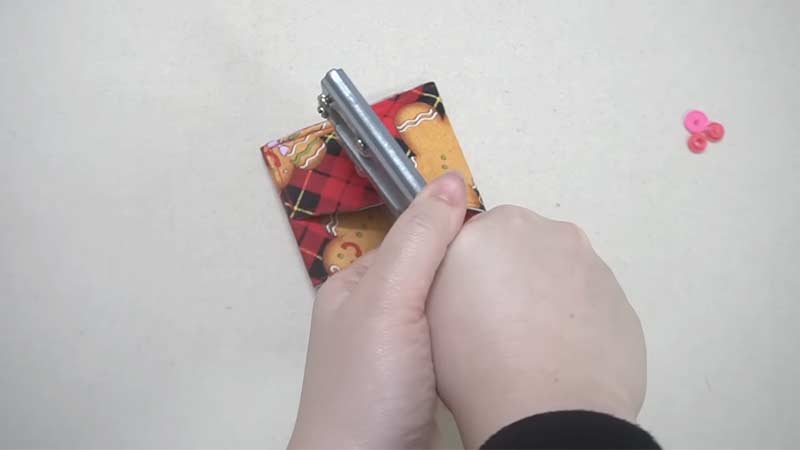
Take a hole punch and create holes at the marked points. Ensure the holes are large enough for your chosen yarn or thread to pass through easily, and maintain consistency in size for an even appearance.
Step 5: Design (Optional)

Draw a simple design or pattern on the card using a pencil if you’d like. This step adds a creative element to your sewing card and allows for personalization.
Step 6: Prepare Yarn and Needle
Cut a yarn or embroidery thread length, approximately 18-24 inches long. Thread one end through the eye of a tapestry needle and tie a knot at the other end, creating a secure starting point for sewing.
Step 7: Start Sewing
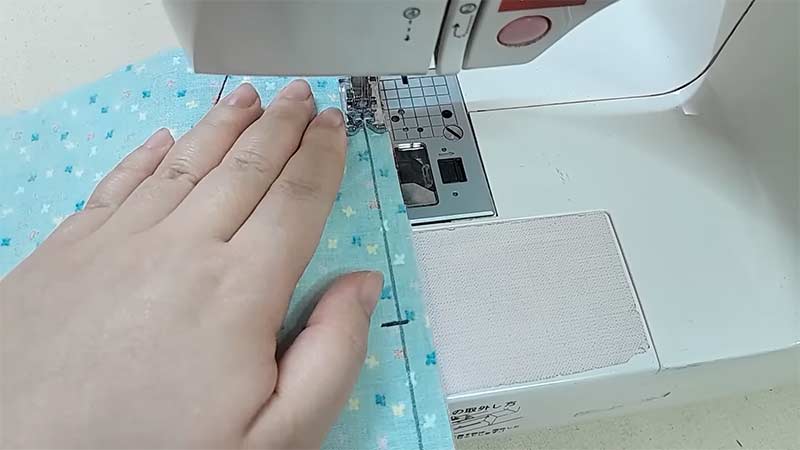
Insert the needle through one of the holes from the back of the card, pulling the yarn through until the knot stops it. This marks the beginning of your sewing journey on the card.
Step 8: Continue Sewing
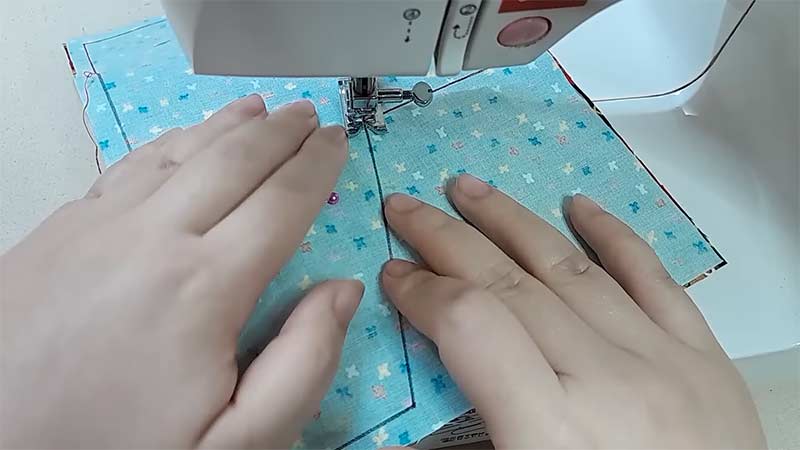
Move the needle through the next hole, pulling the yarn tight. Repeat this process until you’ve sewn along the entire outline of your shape or design. Maintain a consistent tension for a neat appearance.
Step 9: Finish
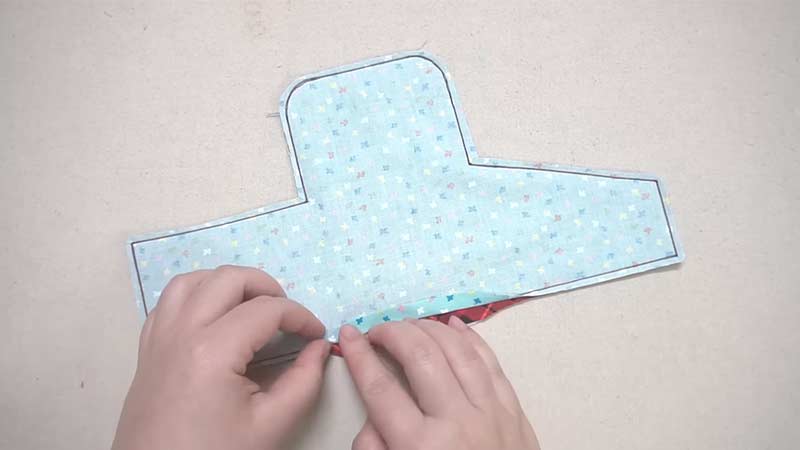
Tie a knot at the back of the card to secure the yarn, and trim any excess. This ensures that your sewing stays in place and adds a finishing touch to your creation.
Step 10: Decorate (Optional)
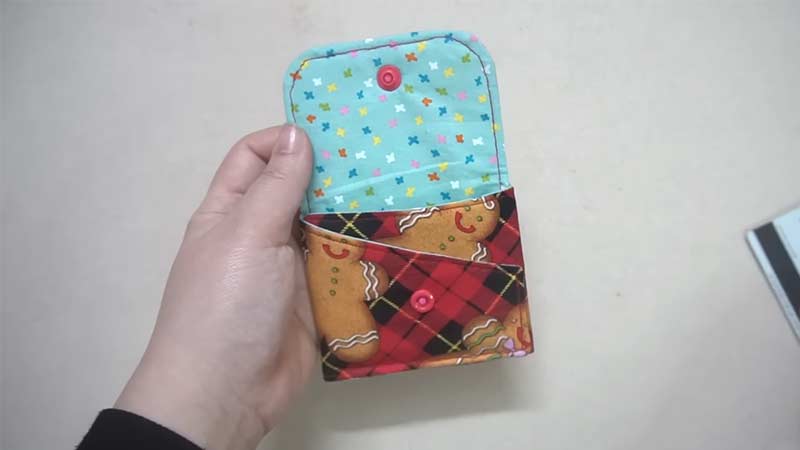
If desired, enhance your sewing card by adding additional decorations or colors. Use markers, stickers, or other craft materials to make your card more visually appealing.
Benefits of Using Sewing Cards for Children
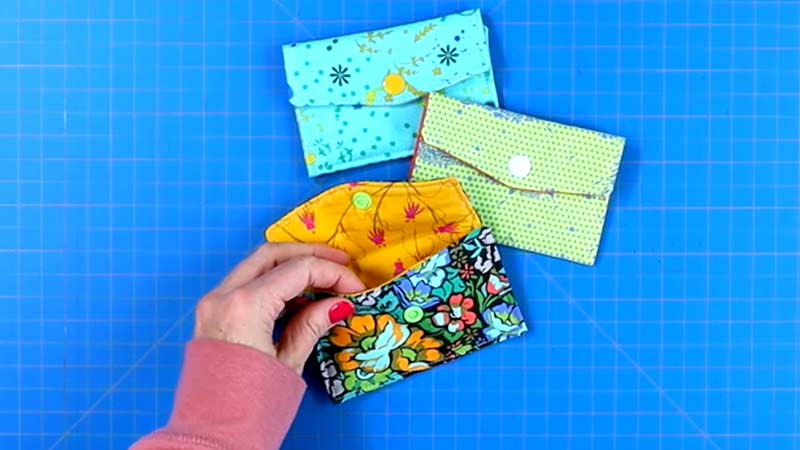
Using sewing cards provides many benefits for children, encompassing developmental and educational advantages.
Here’s an exploration of the various positive aspects associated with incorporating sewing cards into children’s activities:
Fine Motor Skills Development
Sewing cards require precise hand movements, helping children enhance their fine motor skills as they manipulate the needle and thread through the punched holes.
Hand-Eye Coordination
The activity promotes hand-eye coordination as children align the needle with the holes and navigate the thread through the designated spaces.
Focus and Concentration
Following a specific pattern on the card encourages concentration and focus. Children learn to pay attention to details and complete a task systematically.
Creativity and Imagination
Designing patterns and choosing thread colors allow children to express their creativity and imagination. It’s a form of artistic play that fosters self-expression.
Cognitive Skills
Sewing cards can involve cognitive skills such as pattern recognition, sequencing, and spatial awareness. Children learn to understand and follow a sequential process.
Introduction to Basic Sewing Techniques
Sewing cards serve as an introductory activity to basic sewing techniques. Children become familiar with needle threading, tying knots, and creating simple stitches.
Sense of Accomplishment
Completing a sewing card project gives children a sense of accomplishment, boosting their confidence and self-esteem.
Patience and Persistence
Sewing cards require patience as children work through the design, stitch by stitch. This encourages persistence and resilience when facing challenges.
Tactile Stimulation
Handling the yarn, thread, and cardstock provides tactile stimulation, contributing to sensory development. Children explore different textures and materials during the activity.
Educational Reinforcement
Sewing cards can be designed with educational elements such as letters, numbers, or shapes, interactively reinforcing early learning concepts.
Promotes Independence
As children engage in the hands-on activity, they develop a sense of independence and accomplishment, especially when completing sewing projects on their own.
Therapeutic Benefits
Engaging in a repetitive and rhythmic activity like sewing can have therapeutic benefits, promoting a sense of calm and relaxation.
Social Interaction
Group sewing activities can foster social interaction and collaboration, allowing children to share ideas and work together.
Prepares for Advanced Sewing Skills
The basic sewing skills acquired through sewing cards lay the groundwork for more advanced sewing projects as children grow older.
17 Ideas for Sewing Card Designs and Themes
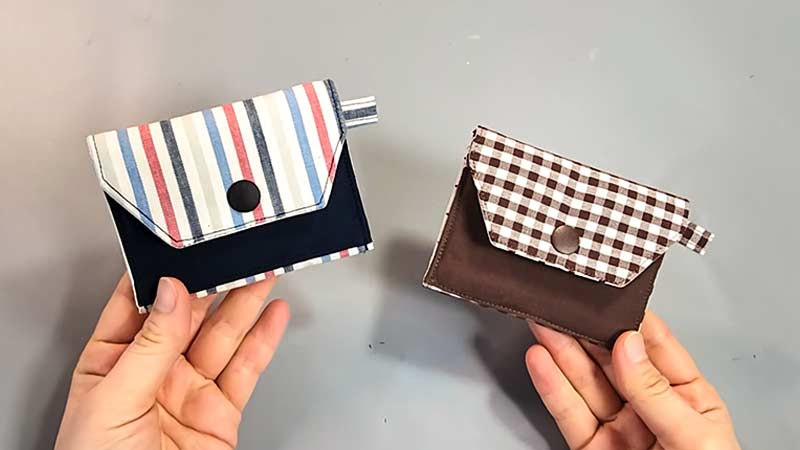
Sewing cards offer a wonderful canvas for creative expression, allowing children to explore various designs and themes while honing their fine motor skills.
Here are some inspiring and imaginative ideas for sewing card designs and themes:
1. Animals Wonderland
Craft sewing cards featuring various animals, such as cats, dogs, birds, and fish. Vary the shapes and sizes to create a charming animal kingdom.
2. Botanical Beauty
Design sewing cards with intricate floral patterns, embracing the beauty of nature. Roses, sunflowers, and daisies can be transformed into captivating stitching projects.
3. Alphabet Adventure
Take an educational twist by creating sewing cards with letters of the alphabet. Each card can feature a letter accompanied by objects that start with that letter.
4. Geometric Marvels
Explore the world of shapes with geometric sewing cards. Circles, squares, triangles, and stars can be combined to form visually stimulating patterns.
5. Fruity Delights
Sewing cards shaped like vibrant fruits (apples, strawberries) or vegetables (carrots, tomatoes) can add a burst of color and a touch of healthy fun.
6. Journey Through Transportation
Craft a series of sewing cards showcasing different modes of transportation, from cars and planes to boats and trains. Connect the cards to create a dynamic transportation scene.
7. Prehistoric Paradise
Take a trip back in time with sewing cards featuring dinosaurs. Each card can represent a different species, allowing for both creativity and educational exploration.
8. Celestial Wonders
Create a cosmic experience with space-themed sewing cards. Stars, planets, rockets, and astronauts can be stitched together to form a celestial masterpiece.
9. Buzzing Insect Collection
Sewing cards can become a garden of insects with butterflies, bees, and ladybugs. Vibrant colors and imaginative details bring these tiny creatures to life.
10. Weather Whimsy
Explore weather-related themes with sewing cards featuring clouds, raindrops, suns, and rainbows. Experiment with different yarn colors to capture the essence of various weather patterns.
11. Festive Holiday Cheer
Craft sewing cards for different holidays, incorporating themes like pumpkins and bats for Halloween, trees and ornaments for Christmas, or eggs and bunnies for Easter.
12. Underwater Odyssey
Dive into the depths of the ocean with sewing cards featuring marine life. Fish, seahorses, and shells can create a captivating underwater world.
13. Architectural Marvels
Shape sewing cards like houses, castles, or iconic structures. Add doors, windows, and other architectural details for a touch of design sophistication.
14. Sports Spectacle
Design sewing cards showcasing sports equipment such as soccer balls, basketballs, or gloves. Incorporate team colors for added excitement.
15. Abstract Expression
Encourage free-form stitching with sewing cards featuring abstract patterns and shapes. This allows children to explore their creativity without predefined guidelines.
16. Cultural Kaleidoscope
Create sewing cards representing people from diverse backgrounds and cultures. This promotes inclusivity and cultural awareness through art.
17. Interactive Wonderland
Enhance the sewing experience with interactive cards featuring movable parts or additional elements. This adds a dynamic and engaging aspect to the stitching process.
What Age Are Sewing Cards For?
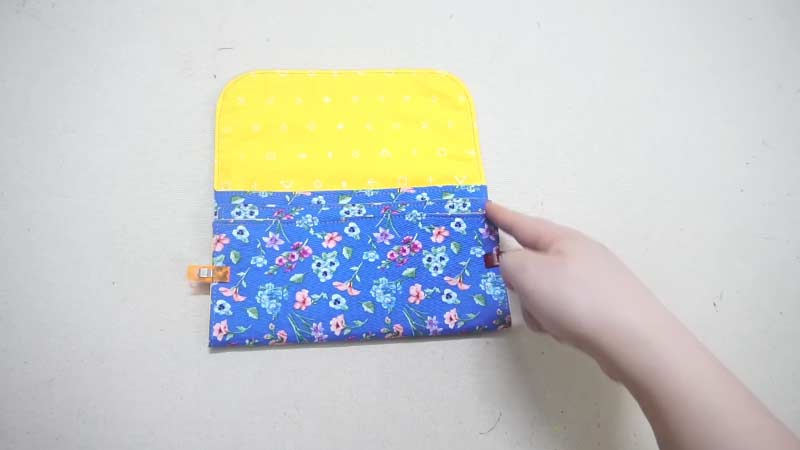
Sewing cards are generally suitable for children in the preschool and early elementary school age range. Here are some guidelines for the recommended age group:
Preschoolers (Ages 3-5)
Preschool-aged children can benefit from sewing cards, especially those with large, easy-to-handle shapes and fewer holes. The emphasis is on developing fine motor skills and hand-eye coordination and introducing basic concepts like threading.
Early Elementary (Ages 6-8)
Sewing cards are well-suited for early elementary school children. At this age, kids can handle more intricate designs and patterns. The activity continues to promote fine motor skills and introduces basic sewing techniques.
Late Elementary (Ages 9-12)
While sewing cards might be considered simple for older children, they can still be a creative and relaxing activity. Children may have the patience and focus to experiment with more complex designs and patterns at this stage.
FAQs
Can sewing cards be used for educational purposes?
Yes, sewing cards can be used for educational purposes. They can incorporate letters, numbers, and shapes, providing a hands-on approach to reinforce early learning concepts.
Are sewing cards suitable for all ages?
Sewing cards are particularly suitable for younger children, typically preschool to early elementary school age. Older children may also enjoy more complex designs.
Are there safety considerations when using sewing cards with children?
Adult supervision is recommended, especially when using small objects like needles. Choose child-safe materials, and ensure children know proper handling and safety precautions.
How long does it take to make a sewing card?
The time to make a sewing card depends on the complexity of the design and the child’s skill level. It can range from a quick and simple project to a more extended crafting session, providing flexibility for different time constraints.
Can sewing cards be reused?
Yes, sewing cards can be reused multiple times. Reinforce the holes with clear tape if needed, and children can enjoy the activity repeatedly.
To Recap
The sewing card emerges as a versatile and engaging tool, weaving together education and creativity in a tapestry of skill development for children.
Through the simple act of stitching yarn through pre-punched holes on cardstock or cardboard, youngsters cultivate fine motor skills and hand-eye coordination and embark on a journey of imaginative expression.
The tactile and interactive nature of sewing cards transforms a basic crafting activity into a platform for holistic growth.
As children create vibrant patterns and shapes, they stitch threads and weave valuable foundations for concentration, patience, and the joy of hands-on learning—a testament to the enduring charm and educational merit of the humble sewing card.
Leave a Reply